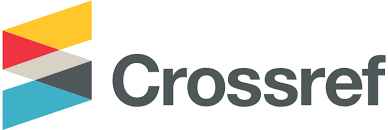Implementasi Six Sigma untuk Meminimasi Defect Produk Bata Ringan Di PT. XYZ
Abstract
The advancement of technology in the construction materials industry sector is rapid, so that it is always necessary to innovate in order to create material products that are in line with current construction trends. PT. XYZ is a construction materials company that manufactures lightweight bricks using the Autoclaved Aerated Concrete (ACC) system. Many problems were discovered during the lightweight brick production process that did not match the quality of lightweight brick products with the standards set by the company. This study aims to identify the types of defects in lightweight brick production; determine the current sigma value (baseline) in lightweight brick production; identify the factors that cause defective products; and propose appropriate improvement to minimise defects and reduce losses caused by high defect rates in order to meet KPIs. According to the Pareto diagram analysis, the defects with the highest priority for repair are fracture (55.78 percent), cracked (30.65 percent), and broken (13.57 percent). The sigma level of lightweight brick production at PT. XYZ is 3.32, with the largest defect being 57,708 lightweight brick items per million opportunity of production. Based on the analysis of the Fishbone diagram, the potential factors that cause defective products are humans, machines, materials, methods, and measurements. The proposed improvements in the Improve stage are based on the results of the analysis using the Failure, Mode, and Effect Analysis (FMEA) method, where the company can determine appropriate preventive actions and improvements to reduce defective products and increase competitiveness.

This work is licensed under a Creative Commons Attribution-ShareAlike 4.0 International License.









